
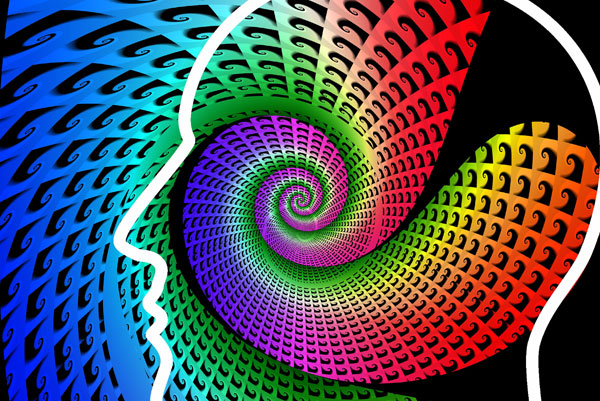
Promotion of mental health includes a comprehensive approach to wellbeing. Students need to be taught what mental health is and given the skills to achieve it, including the social-emotional skills needed for mental and physical wellbeing. These are defined in the Health Education Content Standards for California Public Schools.
Part of mental health promotion and suicide prevention in youth lies in the development of students’ social and emotional wellness. (Note: “wellness” refers to overall emotional well-being for the purposes of this document.) Two evidence based strategies, Social Emotional Learning (SEL) and Mindfulness, share similar goals and outcomes for the emotional, social, and academic development of youth. Both enhance youth academic achievement and wellness, decrease risky behaviors, and improve relationships with peers and teachers. Each uses a different approach to achieve these outcomes (Lantieri, Zakrzewski, 2015). The SEL framework promotes intra-personal, interpersonal and cognitive competencies. Mindfulness, paying attention in a systematic way, deepens the internal ability to apply the skills learned through SEL. These strategies complement each other. SEL develops skills and Mindfulness enhances the ability to apply those skills such that a student can better understand themselves and others, develop meaningful relationships, and make constructive decisions.
Topics
Cultural competence is a set of congruent behaviors attitudes and policies that enables effective work in cross-cultural situations. Competence implies the capacity to function effectively within the context of cultural beliefs, behaviors and needs presented. (Office of Minority Health, Dept. of Health and Human Services, 2000)



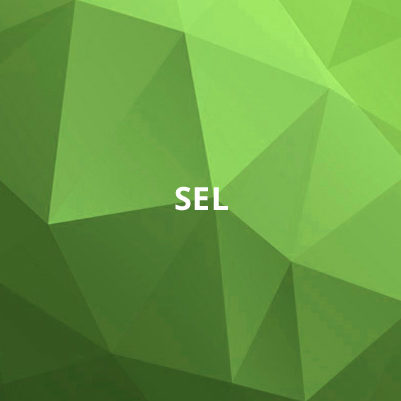
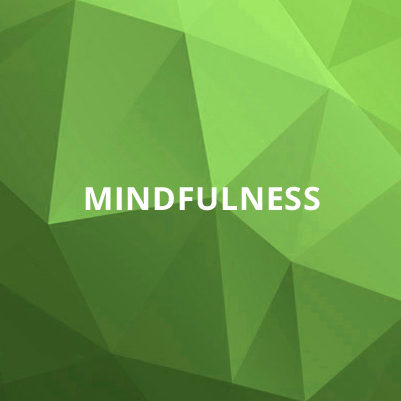
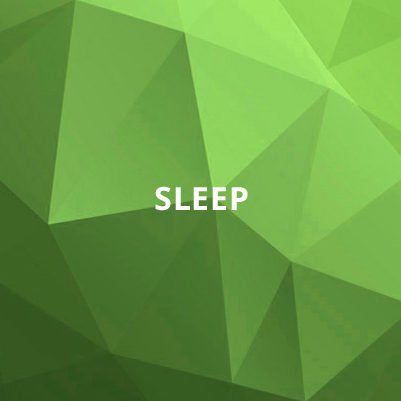
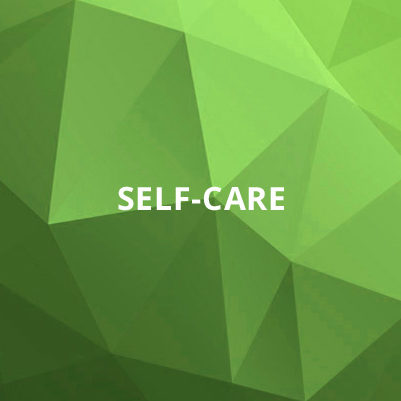
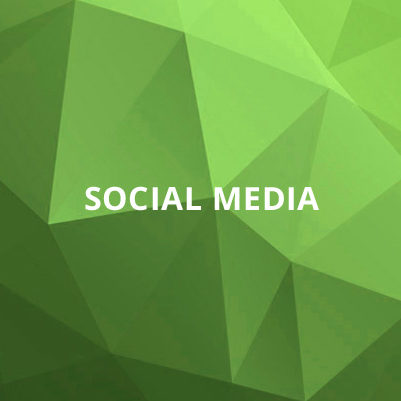
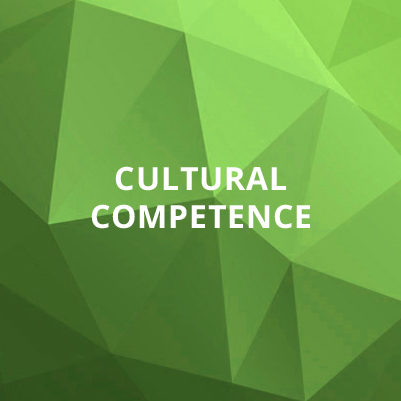
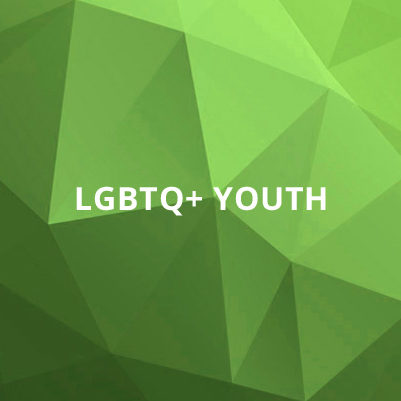
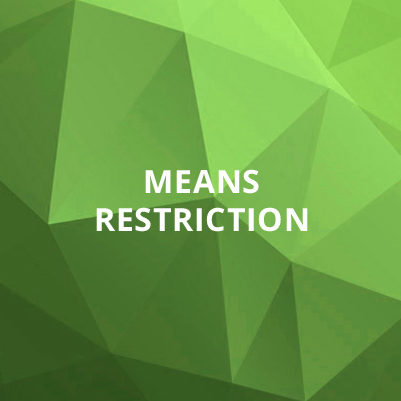
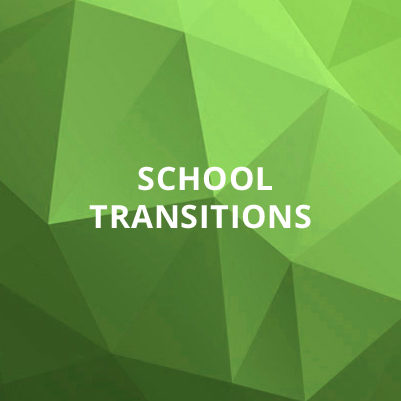
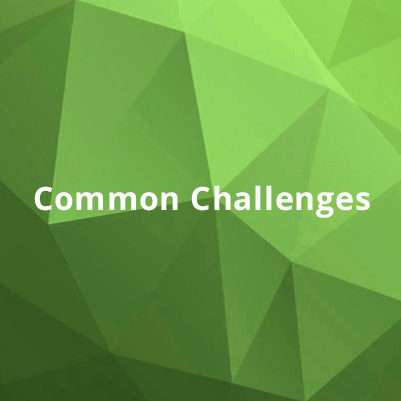
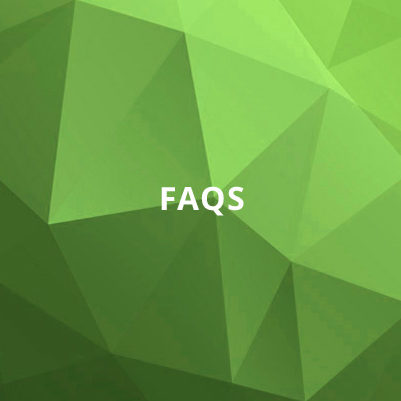
 Your voice matters to us. Please help us improve our website by taking a short survey.
Your voice matters to us. Please help us improve our website by taking a short survey.